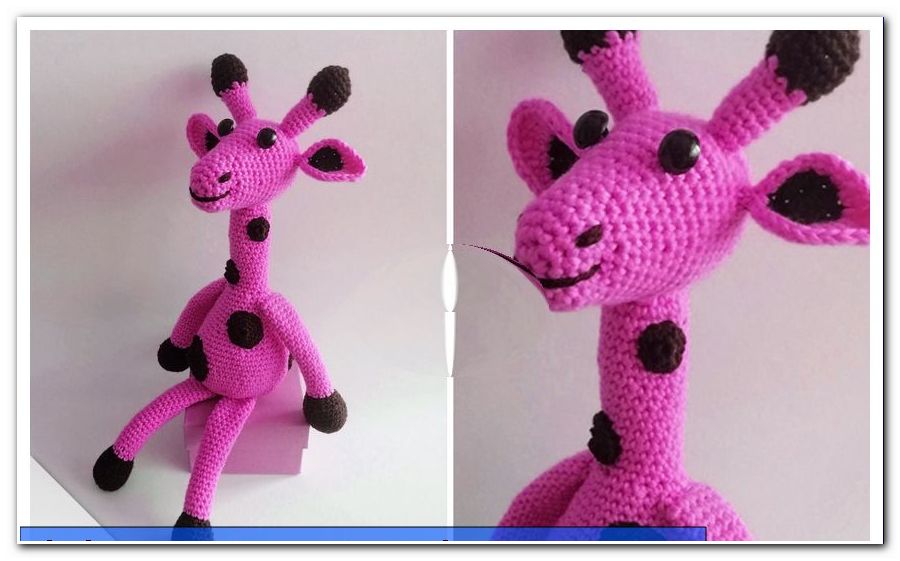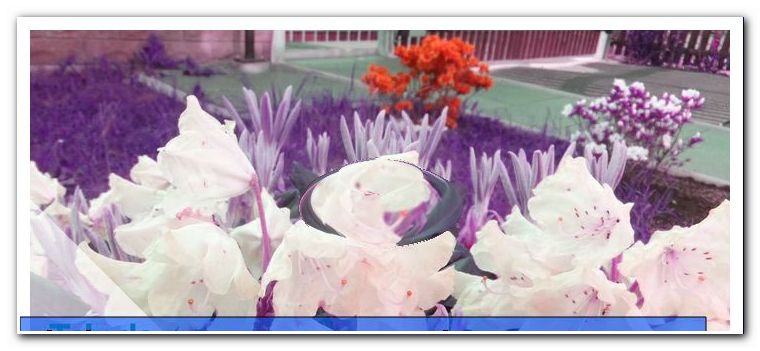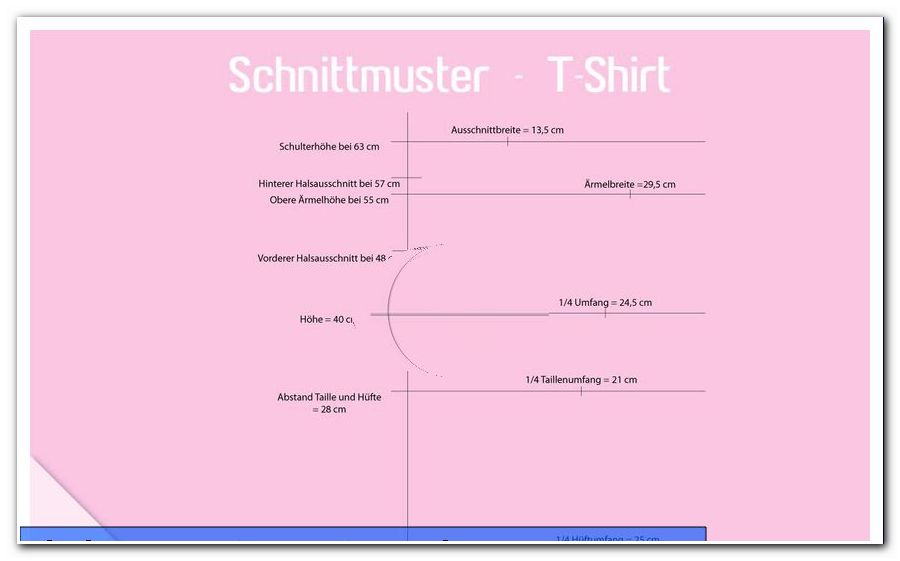Thread in laces - 8 methods - tie shoes cool!

- Normal lacing
- Twisted lacing
- Leiterschnürung
- Sägezahnschnürung
- Gitterschnürung
- criss cross
- Double lacing
- Mittelschnürung
Tying shoes is one of the most common things, something that almost every person does at least once a day. Hardly anyone thinks about the small cords that hold the shoe on the foot. Hardly anyone worries that they can do more. We'll show you different ways to bind your shoelaces in a creative way. Just give sneakers a special touch.
Shoelaces lead a sad shadowy existence in clothing, but you can just here with a few simple tricks and attract attention and give his own clothing style a very special touch. Set deliberately accents with these Schenkelkeltechniken. Of course, this works even better, use different colored or colorful shoelaces.
Normal lacing
This lacing is one of the typical shoe laces as they have the sneakers usually directly at the purchase. Starting with the bottom eyelets, thread one end of the lace into the left and right from the outside. Attention - the two ends must be the same length. Then the two ends intersect in the middle and are again threaded through from the outside to the inside through the next eyelet pair. The strings leading from left to right are at the top when crossing. Of course, you can handle it alternately or the other way round.

Twisted lacing
This way to tie the shoes works best with round shoelaces. Start with the ends of the lace from the inside. Thread the two ends from the inside to the outside through the first eyelet pair. Then the two ends are twisted crosswise in the middle once and the same end is drawn on the same side again from the inside to the outside through the next eyelet. Continue this process until the end. In the end, the laces should look from the inside out.

Leiterschnürung
The ladder lacing looks pretty complicated at first glance, but it is not really difficult. They start again straight down at the first eyelet pair. Thread the two ends of the shoelace through the eyelets from the inside out.
Then guide the left and right ends straight up to the eyelet above them and thread the lace through from the outside to the inside.
The left shoelace end is now led forward and pushed through the straight piece of the right end. Then run the end straight up to the third loop and thread from the outside in through the hole.

Repeat this with the right end. Now both sides are going on like this. Finally, there is a lacing, reminiscent of the rungs of a ladder.
Sägezahnschnürung
This variant shows a straight at the front and an oblique lacing inside. The advantage of this method is that it does not matter how many eyelets your shoes have. Start with the first eyelet pair. Thread the ends of the legs from the outside to the inside through the first eyelets.

The left end (light green) now lead inside to the third eye on the right - pull the end outwards. The right end (dark green), however, lead you straight up to eyelet 2 and pull it outwards. Now thread parallel - thread both ends straight to the left, from outside to inside, through the respective adjacent eyelet. Now guide the light green end through eyelet 4 on the right side, also from inside to outside. The dark green end pull you from the inside out through eyelet 5. Now comes the end. Bind again parallel, straight to the other side. There you pull the light green lace now from the inside out through the last, the sixth eyelet. Pull the dark green end inwards, straight up through the last eyelet on the left side.
Gitterschnürung
A lacing for advanced skiers is lattice lacing - if you've laced your shoes like that, surely all eyes are on you. For this lacing you need shoes with at least six eyelets on each side. Start with the first eyelet pair - guide the shoelace left and right from the inside out.

Now thread the ends of the lace from the outside in through the fourth eyelet on the opposite side. Then thread on inside through the overlying fifth eyelet. The laces are now outside again. The ends are then guided down through the second eyelet on the other side. Again, thread from the inside out through the overlying, third eyelet. Now the ends of the legs are guided through the last, the sixth eyelet again from inside to outside.
criss cross
This lacing variant also requires at least six eyelets. But if you have eight eyelets, two can be left free on each side, giving the whole lacing that certain something. Start here with the first eyelet pair. The laces guide you from the inside out. Again, make sure that the laces are the same length.
Pass the shoelace ends to the fourth eyelet on the other side - pull them from the outside in. Now pull them through the eyelet underneath, inside out. Cross the laces by passing the thread through the sixth eyelet on the opposite side. Again, you lead the inside of the pot down, through the underlying, fifth eyelet. The laces are crossed again and finally pulled through the eighth eye on the other side, again from the inside out.

For shoes with six eyelets, start with the laces not in the fourth, but in the third eyelet. So no eyelet would be free.
Double lacing
Now the experts are in demand among you. The double lacing does not start with the first eyelet, but with the penultimate, the fifth eyelet. Thread the lace from the outside to the inside through the fifth eyelet pair.
Insert the laces from outside to inside through eyelet 3 on the respective opposite side. Now pull the ends through the first eyelet on the other side, bring the laces inside upwards and pull them through eyelet 2 to the front. Now thread the ends through the fourth loop on the other side, but from the inside out. Finally, pull the laces from the inside to the outside, under the initial piece, through the eighth eyelet.

At each intersection of the two ends, the laces are above, leading from left to right - this gives the lacing regularity.
Mittelschnürung
In this lacing is the peculiarity that the loop is tied in the middle. The downside is that you can only tie this option to shoes with an odd number of eyelet pairs. Start like this: one end leads from the inside to the outside through the left first, the other through the seventh, right eye. Make sure the ends are the same length.
So you do not break your fingers, you should now lace the ends of the legs individually. Pass the end that you have pulled through eyelet 1 (light green), now to the right and pull it through eyelet 1 on the right side, from outside to inside. Now it goes over to the left to the second eyelet - there the end is threaded from outside to inside. In doing so, thread the diagonal thread inside. Now pull the end straight over to the other side, through the second eyelet from outside to inside. Repeat the process again with the third eyelet pair. Finally, the lace ends at eyelet 4 on the left side.

Repeat these steps with the other end (dark green). This now happens laterally. If you have implemented everything correctly, this lace ends at eyelet 4 and the bow can be tied.




